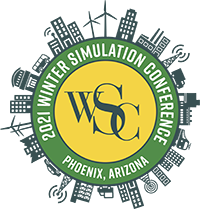2021 Opening Keynote Speaker
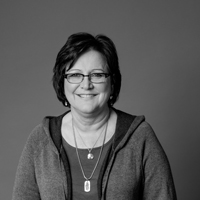
Jane Macfarlane
Director, Smart Cities & Sustainable Mobility
University of California at Berkeley
Affiliate Scientist, Lawrence Berkeley National Laboratory
Beyond Data: Data-Driven Digital Twins for Sustainable Future Cities
Urbanization is straining our transportation systems and road networks. The resulting congestion, delays and air pollution lead to a declined quality of life but also greatly contributes to climate change. The confluence of dramatic changes in the availability of data that measures mobility with significant increases in computational capabilities will allow us to develop next-generation traffic management systems that make it easier for cities to create safe and fluid traffic networks, while balancing the needs of a large variety of travelers. Advanced traffic management systems, founded on data-driven digital twins, will predict traffic congestion patterns and find alternative routing and control mechanisms to distribute mobility. This talk will highlight our urban-scale, parallel discrete event simulation platform – Mobiliti. Mobiliti is built on HPC and can simulate a day of travel in large urban networks in a matter of minutes, e.g., the Bay Area (1M road edges, 19M trip legs, ~4 minutes) and the full Los Angeles Basin (2M road edges, 40M trip legs, ~6 minutes). We will also describe our efforts in machine learning techniques to develop surrogate models for Mobiliti that not only provide predictive capabilities but will integrate into advanced control systems and orchestrate the movement of traffic in an efficient and effective manner. As important, this talk will highlight how we measure the improvements these technologies bring against the requirements of building livable, equitable cities.
2021 Titans of Simulation
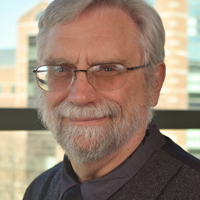
David Nicol
Director, Information Trust Institute
Herman M. Dieckamp Endowed Chair in Engineering
Department of Electrical and Computer Engineering
University of Illinois at Urbana‐Champaign
Challenges and Approaches to the Modeling and Simulation of Gargantuan Discrete Systems
One of the most impactful ways that simulation is used in the physical sciences is to apply relatively simple rules to really large data states, e.g., to simulate the evolution of star position and mass in galaxies, or to track the interaction of many molecules in simulations supporting drug design. When data sets become very very large the computations are organized to execute on specialized computing hardware, and models that operate on domain-specific abstractions of the data are developed.
Modeling and simulation can (and is) being used in very large discrete systems (e.g., logical behavior of computer chips) and, philosophically, very large models can be simulated using specialized hardware, specialized data abstractions, and specialized algorithms applied to them. However there are important differences between these and physical models,
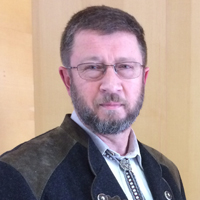
Andreas Tolk
Senior Principal Researcher
The MITRE Corporation
When Smart People share Smart Methods to create Smart Cities: How M&S enables Transdisciplinary Solutions
The Scottish-American industrialist and philanthropist Andrew Carnegie is credited with the quote: “Teamwork is the ability to work together toward a common vision. The ability to direct individual accomplishments toward organizational objectives.” The pioneer in leadership studies, Warren Bennis, used the definition that “Leadership is the capacity to translate vision into reality.” But how do we do this in our world that we recognize more and more to be complex, agile, and full of non-linear relations? How do we bring the many experts needed to build smart cities together under a common vision? How can we even make them understand each other, as the various disciplines required for a common solution speak different technical languages, using different conceptualizations of the problems to be solved? Complexity science provides a way forward, and M&S plays a pivotal role.
This talk walks through some challenges and offers ideas on how to bring experts from diverse disciplines together to work towards a common vision and translate it into reality. We will see how ideas discussed for many years within the Winter Simulation Conference can be applied. Using research examples about smart solutions from various levels, we will discuss the idea of conceptual alignment as the prerequisite for successful composition of smart methods into coherent solutions to show how M&S can not only provide tools, but conceptually lead the way, not only for smart cities, but also for many other complex problem solutions.
MASM Keynote
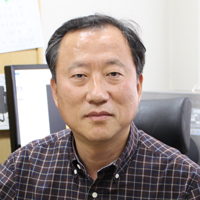
Tae-Eog Lee
Department of Industrial & Systems Engineering
Korea Advanced Institute of Science and Technology
Chip Technology Innovations and Challenges for Process Tool Scheduling and Control
The semiconductor manufacturing industry has made extreme technology innovations in circuit width shrinkage, complex 3D chip architecture and high-rise circuit layer stacking, and wafer size increase. These have significantly increased not only process complexity & preciseness and quality & investment risks, but also operational complexity in fabs and process tools. Fab scheduling should cope with more metrology and yield loss, more tool maintenance and tuning, queue time management and complex time constraints between process stages, more restrictions of assigning lots to tools, full automation of wafer lot transfer and direct delivery between process tools, tighter coupling between lot scheduling and material transfer, higher variability and instability in work-in-progress (WIP) and higher WIP imbalance between process stages, etc. We, therefore, need new ideas and approaches for fab scheduling.
Process tools also should deal with operational complexities including higher pressure on tool productivity, more frequent chamber cleaning to prevent circuit contamination by residual chemicals, stricter requirements on wafer delays within chambers or on robot arms, separation of processed wafers and unprocessed wafers, more wafer cooling before returning to the loadport, more complicated tool architectures for higher tool throughput and stricter quality requirements, tighter coupling with material transfer systems and complicated interfaces, smaller wafer lot sizes, concurrent processing of multiple wafer types, more frequent exceptional events, etc. There are also issues on interplay between tool scheduling and fab scheduling. We introduce ideas and progress in recent tool scheduling and control, and future directions.
Military Keynote
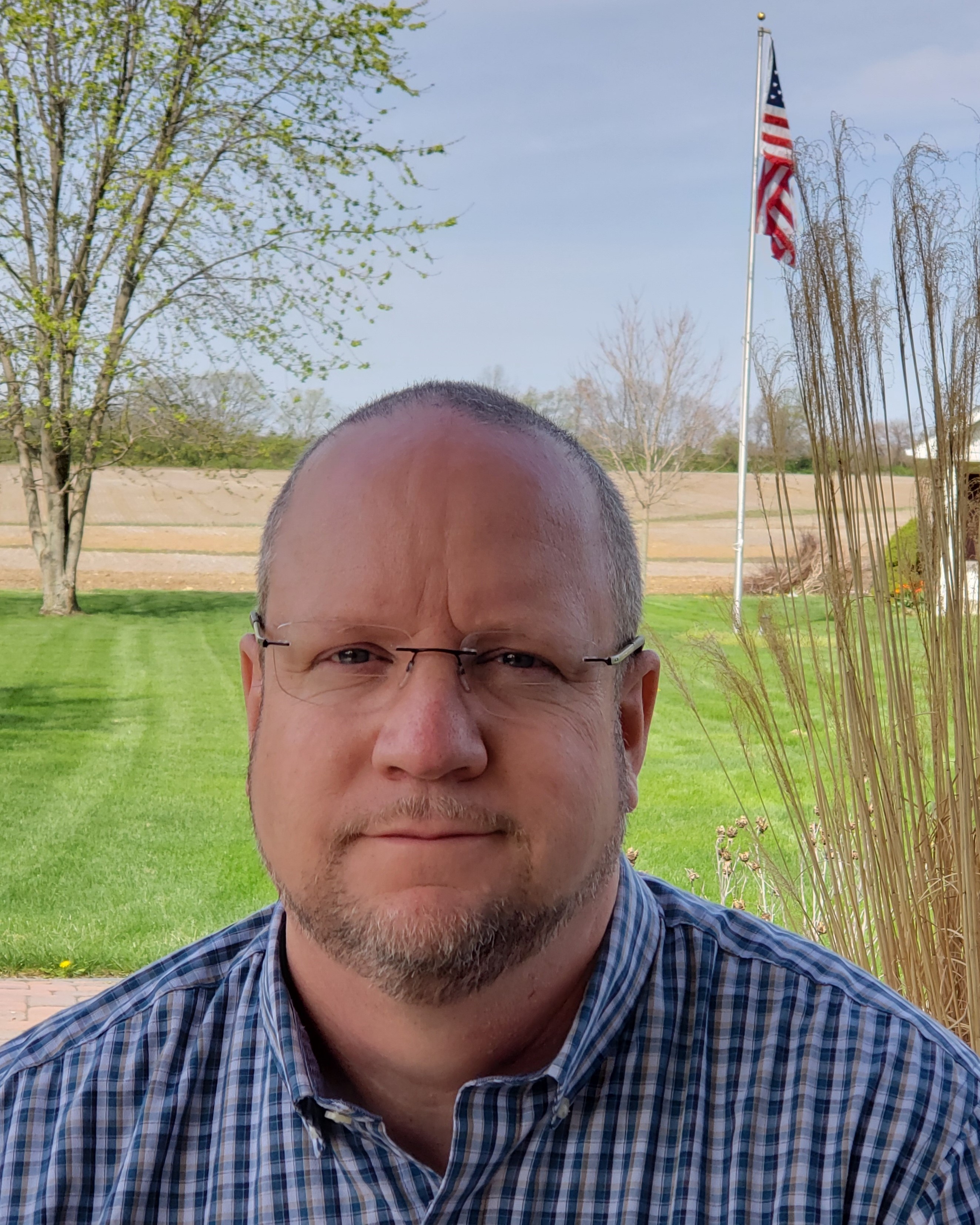
Sean Litton
Sean Litton
Deputy for Air Force Enterprise Modeling and Simulation for the Strategic Planning, Development and Experimentation (SDPE) Division, and Deputy Director for the Department of the Air Force Chief Modeling and Simulation Officer (CMSO) Liaison Office
Wright Patterson Air Force Base (WPAFB)
Digital Discovery within the Air Force Enterprise Modeling, Simulation and Analysis Ecosystem
The Air Force has put significant effort into defining, creating, and building a Modeling, Simulation and Analysis (MS&A) ecosystem to support acquisition, training, and operations related to current and future warfighting capabilities for the DoD. The MS&A ecosystem includes the foundational data architecture required to support advanced MS&A capabilities to ensure acquisition tradespace decisions are aligned to the Air Force Digital Campaign, and it is leveraging model-based systems engineering (MBSE) and digital engineering activities to enable an efficient and effective environment for greatly improving the overall acquisition lifecycle. The MBSE and MS&A tools are aligned and integrated into a collaborative environment, quickly becoming the way forward for Air Force capability in a digitally connected domain. The presentation will cover the overall ecosystem and the digital connectivity within and across the environment. Additionally, specific examples of recent work will be included to understand the application and implication of using the MS&A ecosystem to make better decisions. Examples will include the capability development process framework, the inclusion/interface of MSBE activities within the ecosystem, and the use of the Air Force’s Advanced Framework for Simulation, Integration, and Modeling (AFSIM).
